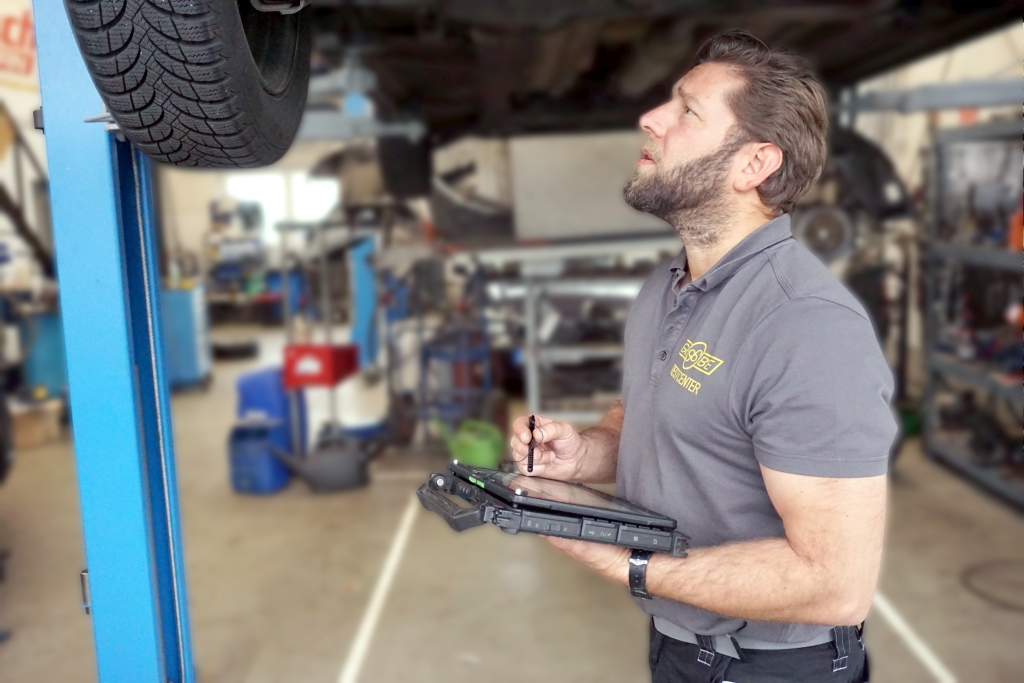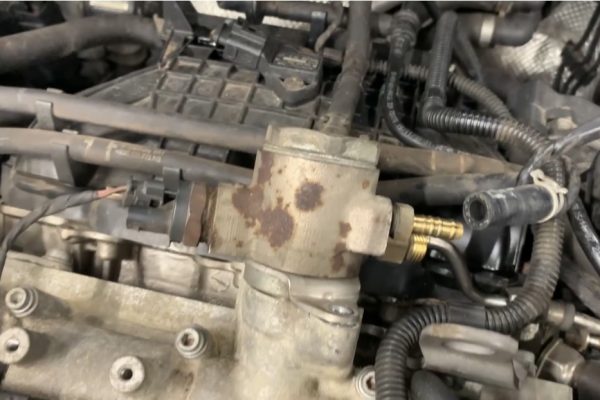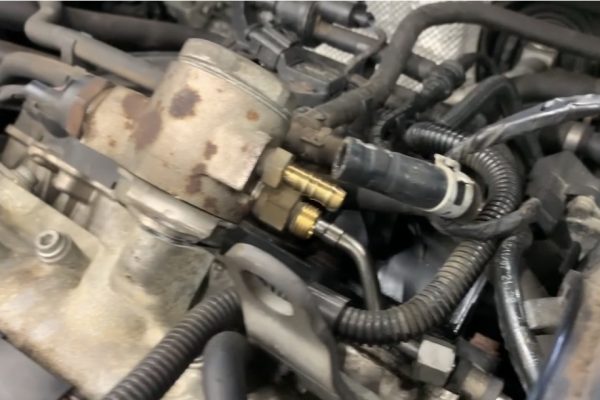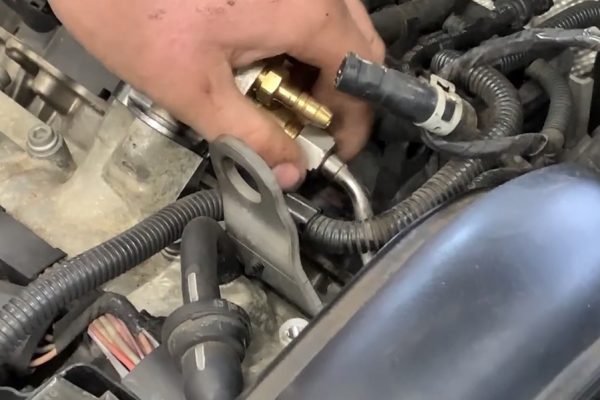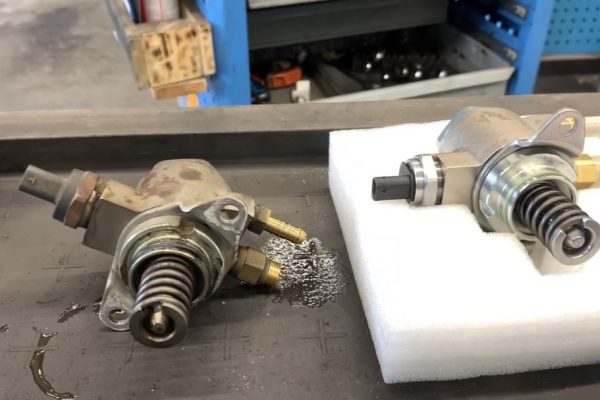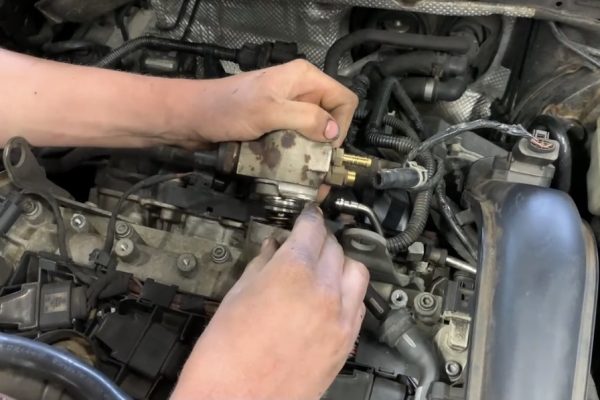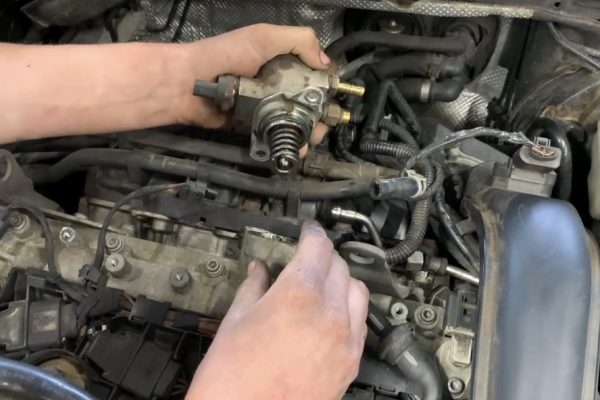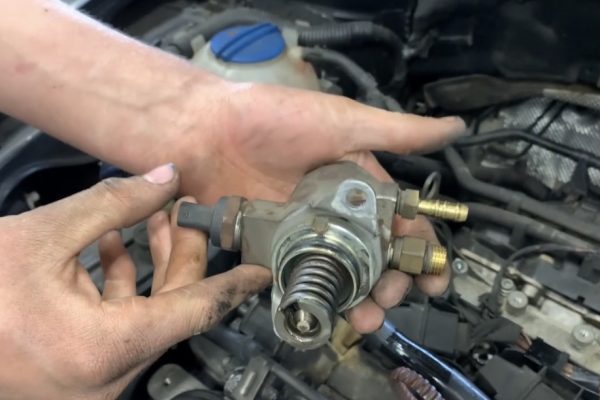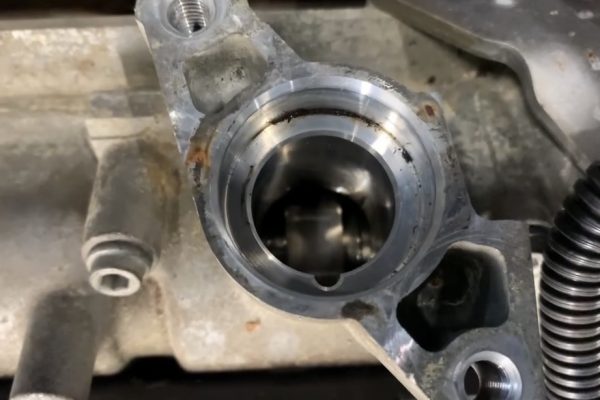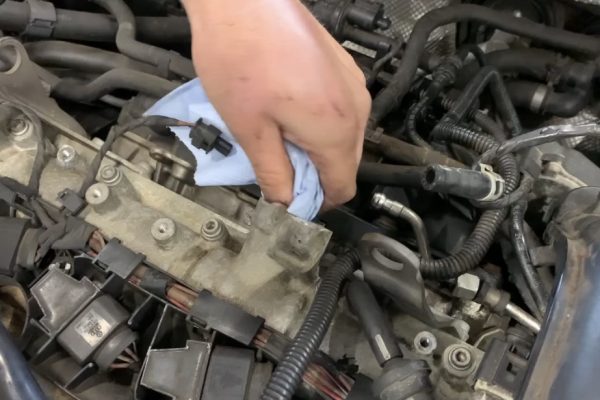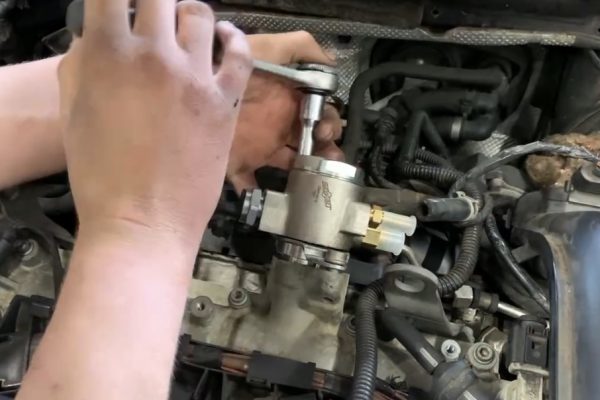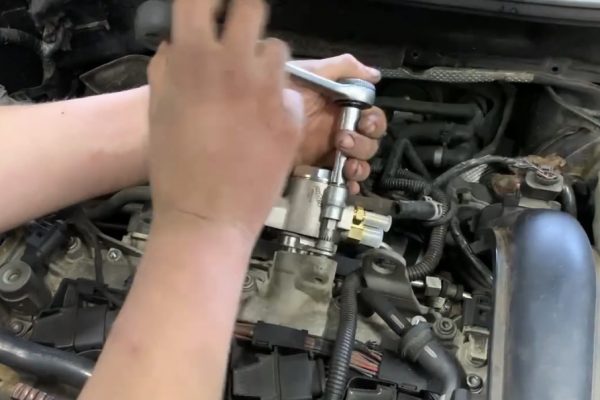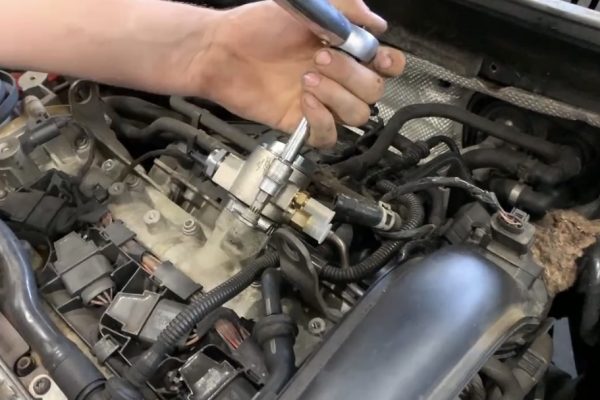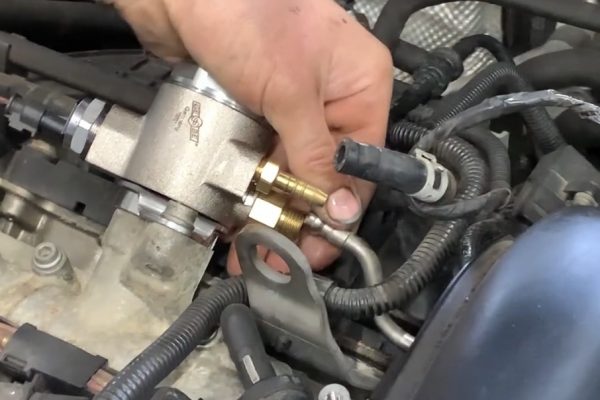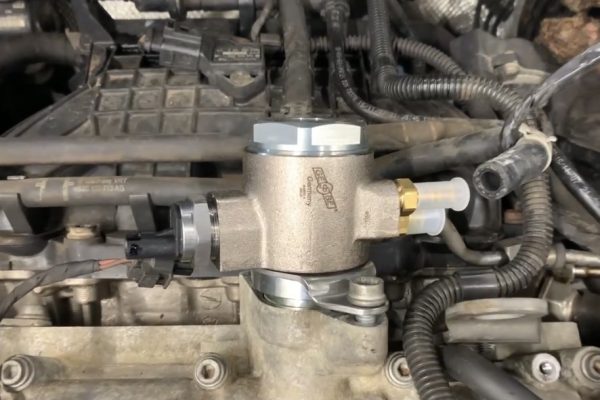The training courses are as divers as your requirements, from comprehensive technical one-on-one sessions for Product & Category Management to class-room sessions for the sales teams:
- Function & application
- Technical background & complexity
- Value argumentation & product highlights
Please contact your account representative for your individual session.
As a means to make the basic product know-how easily available to you & your customers, we started the GEBE Academy Youtube channel.
Along with a long roadmap of planned sessions, we are always happy to prioritize and support with visuals for your market introductions.
Let us know what products you want to see, discuss and share with your team and customers.
The installation of a high-pressure pump
“A high-pressure pump must be installed in a workshop, because if it is installed incorrectly, it can easily lead to chipping in the fuel flow and consequently, in the worst case, engine damage.” This is the opinion of Benni Maier, owner of Autotechnik Maier, a car repair workshop and a GEBE test center. We let him guide us through the installation of a GEBE high-pressure pump and are pleased to be able to share this with you.
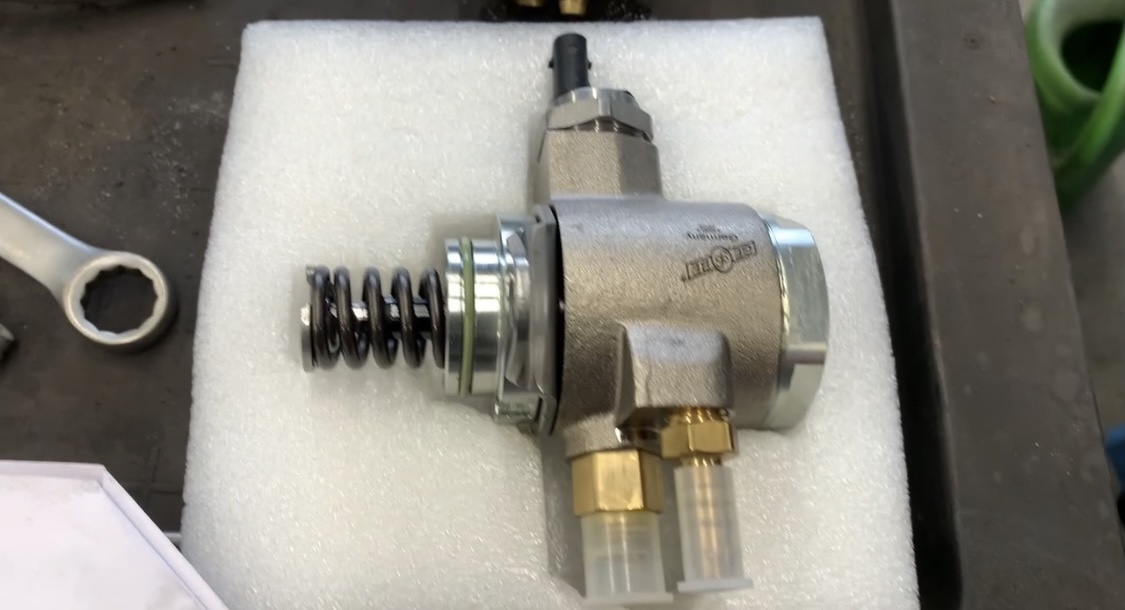
As a rule, no special tools are required for the professional installation of a GEBE high-pressure pump. The removal and installation varies from vehicle to vehicle. Let’s now move on to the removal of the old high pressure pump, and the installation of the new one.
After the high-pressure fuel pump has been removed according to the manufacturer’s instructions, the battery negative terminal is disconnected to prevent the electric fuel pump from starting.
Now, according to the manufacturer’s instructions, remove all attachments to get access to the high pressure pump. Remove the electrical connector here.
Next, remove the high-pressure fuel line and low-pressure fuel line. Open connections are to be closed here. Loosen each screw alternately by half a turn to prevent the high-pressure pump from jamming.
Now you can remove the high-pressure pump
The tappet is now removed from the cylinder head. The gasket holes are cleaned and inspected for damage.
When attaching the pump, make sure that it does not tilt. First tighten the screws by hand, then tighten them alternately by half a turn each. (The correct torque can be found in the vehicle manufacturer’s documentation).
Now mount the high-pressure fuel line and the low-pressure line, as well as all add-on parts. Reconnect the battery negative terminal.
Switch on the ignition and check for fuel leakage in the engine compartment. Now start the engine and check again. A subsequent test drive is recommended.
Due to the improved valve design, the GEBE high pressure pump achieves at least the mileage of the OE equipment.
If you want to know more about our high pressure pumps or our GEBE Test Center, feel free to contact us.
Stay safe! Your team from IKA-Germany .

